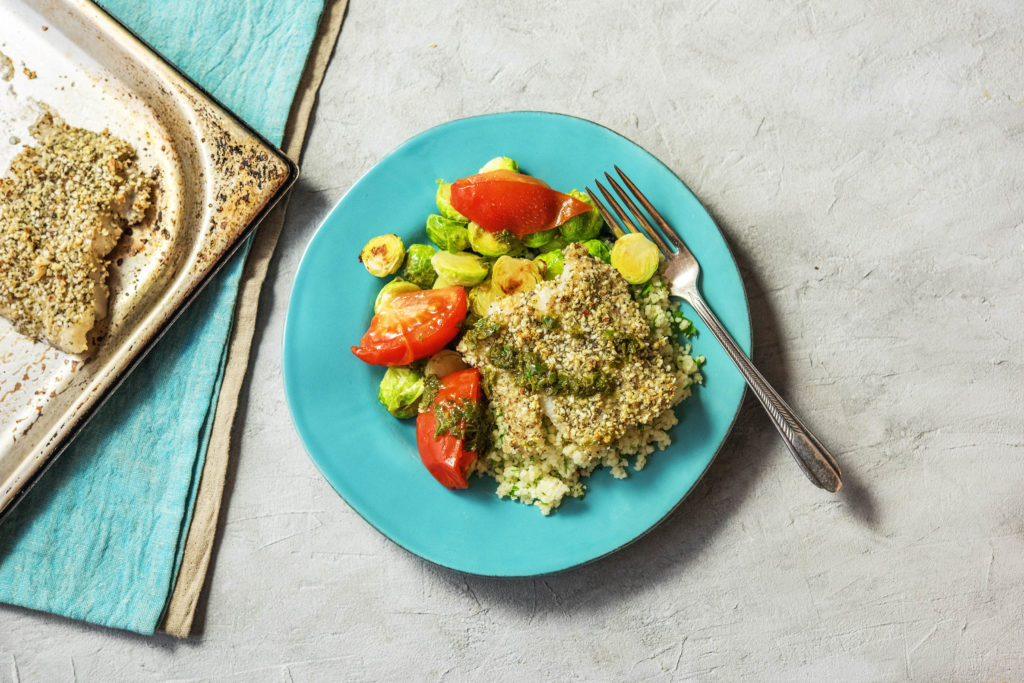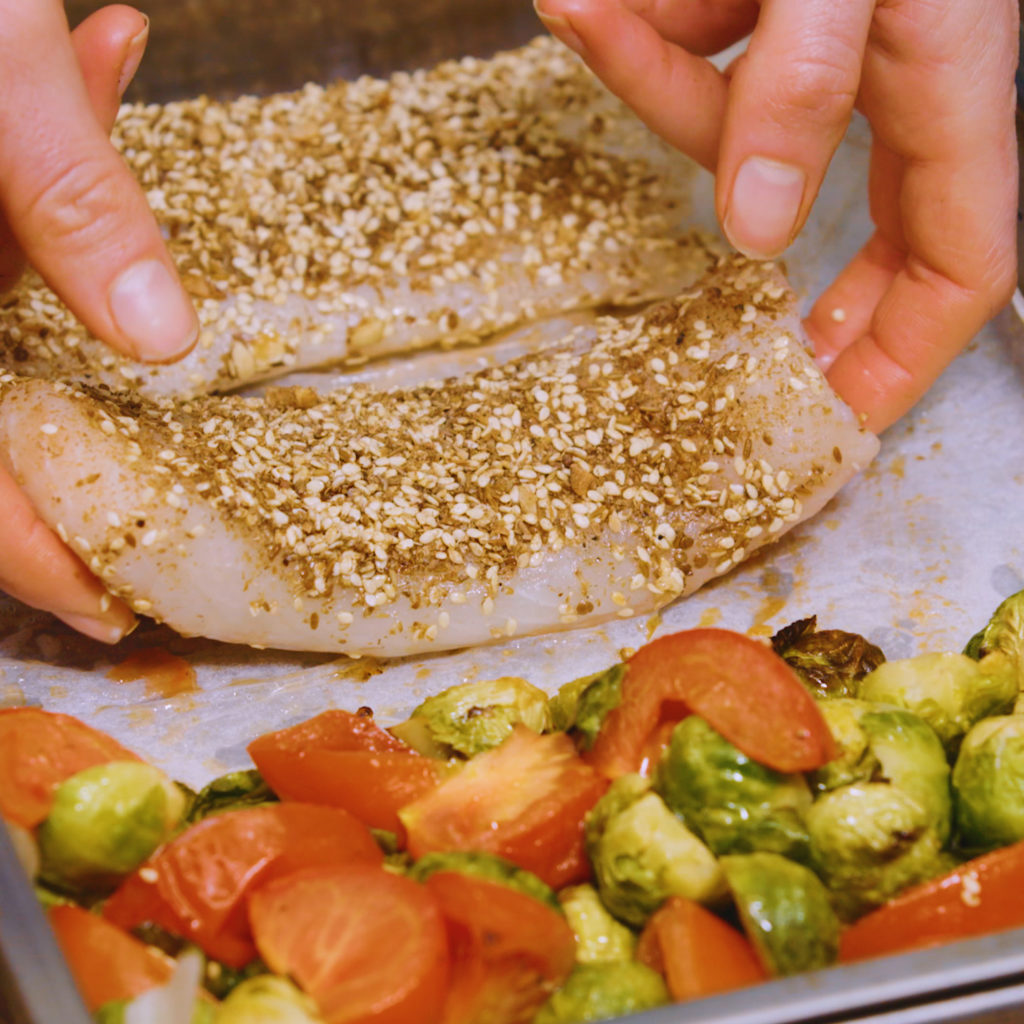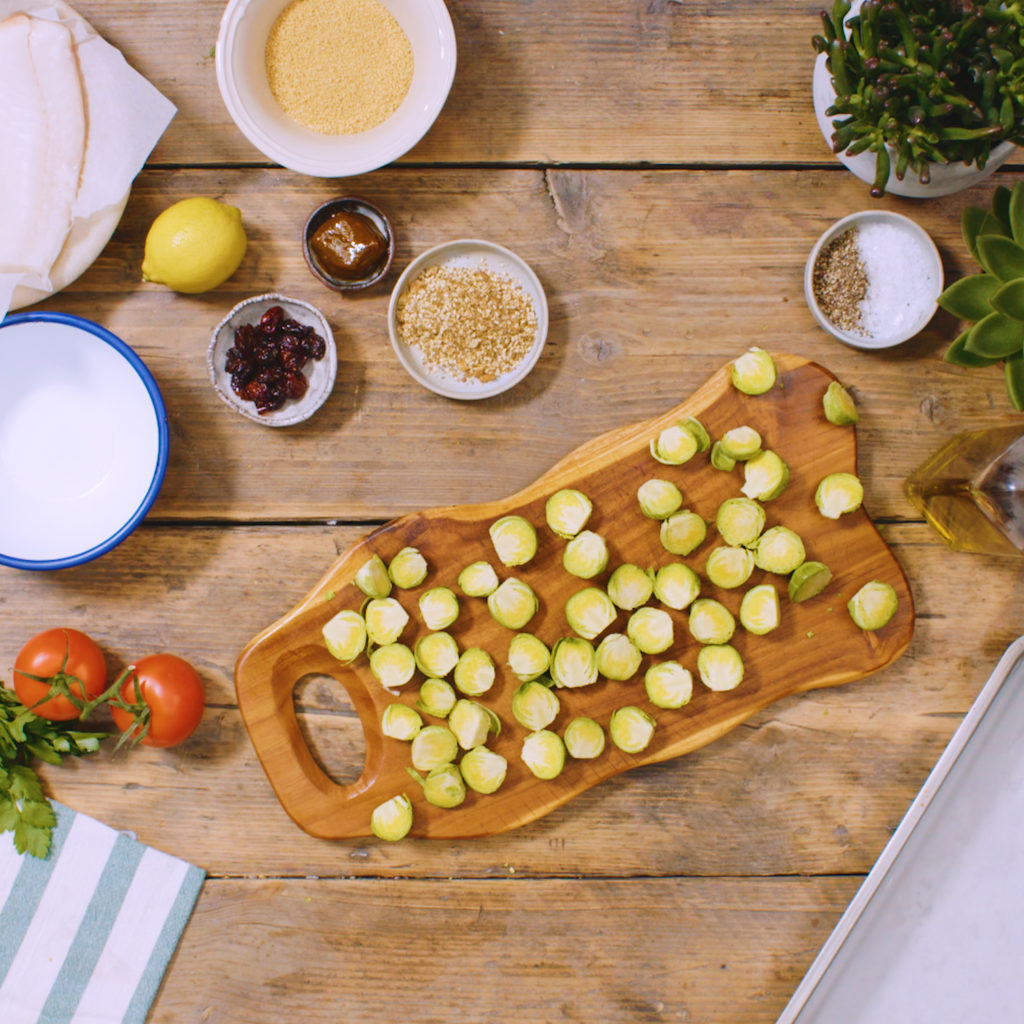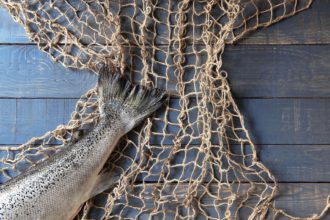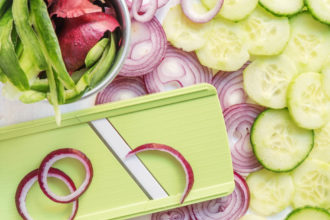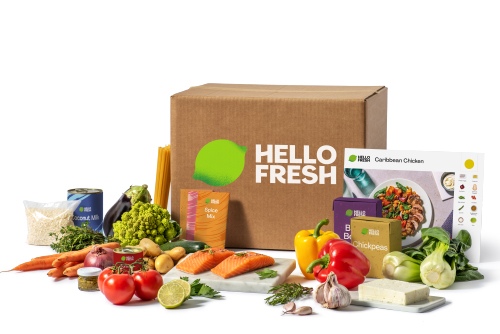On The Menu Next Week: Dukkah-Crusted Cod March 6, 2017
We caught up with chef Nate and our two dietitians, Rebecca and Sarah, to get a behind-the-scenes look at the process of developing the Dukkah-Crusted Cod recipe. Continue reading to learn why they can’t get enough of it.
Can you describe the process of developing the recipe? What was your inspiration?
Chef Nate: Our recipes are developed to be as seasonal as possible. March can be fickle when it comes to the weather, so we wanted a recipe that could work if it’s 40º and rainy or 65 and sunny. The main factors in this recipe are the dukkah, Brussels sprouts, and couscous. The nuttiness of the dukkah pairs well with the flakiness of the cod and is also echoed in the roasted Brussels sprouts.
What do you like about cooking with cod? How would you describe its flavor?
Chef Nate: Cod is extremely versatile. Its flesh is firm but still flaky; it can be roasted, fried, sauteed, poached, etc. Any ingredient that can be used in multiple ways is a great asset to have when designing a recipe. The flavor of cod should be mild and tender, with just a subtle hint of ocean.
Speaking of dukkah, what exactly is it? What does it taste like?
Chef Nate: Dukkah is an Egyptian condiment with herbs, nuts, and spices. Its flavor is largely dependent on which spices, nuts, and herbs are in it. Our version has almonds, sesame, coriander, and cumin, so it’s rather rich.
The name dukkah comes from the Arabic word meaning “to pound” as the nuts and spices are pounded after roasting to lend a distinctive, crunchy texture. Because the nuts and seeds can have a lot of natural oils, you need to be mindful to not let them burn!
How did you decide what sides to pair with the cod?
Chef Nate: Seasonality is a main factor when pairing mains and sides. March bridges the gap between winter and spring, so it’s one of the last times of the year when Brussels sprouts can be roasted in a recipe. And because dukkah is Egyptian in origin, we paired it with couscous which, in North African cuisine, often has dried fruits (apricots, dates, figs, etc). We chose cranberries for their color as well as the sweet and tart flavor they impart to the grain.
Besides dukkah, what is your favorite part about this recipe?
Chef Nate: I love roasted, broiled, or grilled tomatoes. Be it in classic French cuisine, part of a full English breakfast, topping a burger, or on kebabs, they are an underappreciated side dish.
What can home cooks expect to learn from making this recipe?
Chef Nate: It pays to thoroughly fluff the couscous with a fork. The classical French technique is called “egrainer” and is meant to be done just before serving to make the couscous as light and fluffy as possible.
What are the nutritional benefits of this recipe?
Rebecca, RD: There’s nothing that makes you feel better about what you are putting into your body than to look down at your plate and see vibrant and healthy green veggies. Brussels sprouts are a champion of the winter months and are chock full of Vitamin C (one cup cooked has more than 100% of your daily recommended Vitamin C intake)! They also support detoxification in the body and help reduce inflammation.
Sarah, RD: Cod, like any fish, is a great source of protein while also being low in calories. This recipe also boasts half your daily fiber needs from the fruits and veggies, which makes it great for either a lighter dinner or a lunch that will keep you full throughout the day!
Convinced yet? Check out next week’s menu and make your meal choice today!


